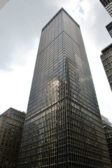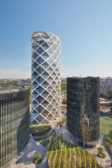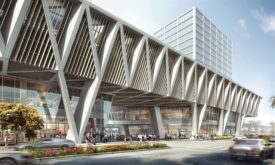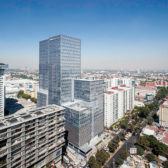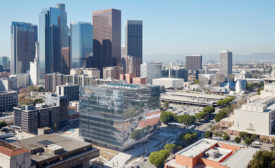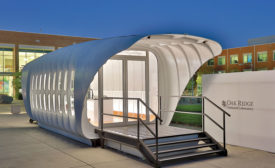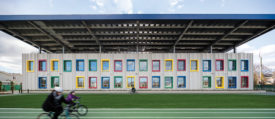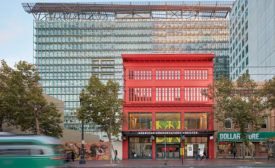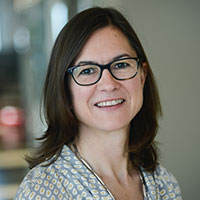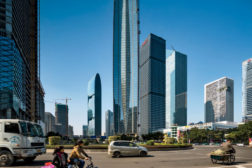Skidmore, Owings & Merrill
Continuing Education: 3D Printing
Beyond the Prototype: Architects and designers take additive manufacturing to a new level.
Read More
Continuing Education: The Kathleen Grimm School for Leadership and Sustainability at Sandy Ground
Where Zero Is the Top Score: An ultra-energy-efficient building defines a new paradigm for New York’s schools.
Read More
One World Trade Center
Symbol in the Skyline: With the opening of One World Trade Center, Ground Zero's fraught icon is finally complete.
Read More
Pearl River Tower
Towering Ambition: The architects and engineers behind an office building in rapidly expanding Guangzhou put super green before supertall.
Read More
Copyright ©2024. All Rights Reserved BNP Media.
Design, CMS, Hosting & Web Development :: ePublishing
